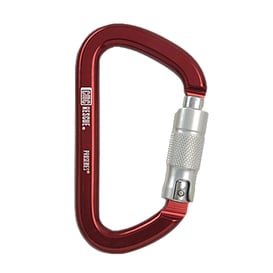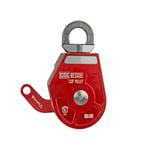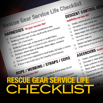 Many OSHA standards, especially in construction, require a “competent person” to be designated at the jobsite. Filling this role requires proper training, relevant experience to the work being performed and adequate knowledge of the associated regulations.
Many OSHA standards, especially in construction, require a “competent person” to be designated at the jobsite. Filling this role requires proper training, relevant experience to the work being performed and adequate knowledge of the associated regulations.
The competent person should be able to recognize critical hazards as well as have the authority to take the action needed to mitigate hazards. It’s much more than just picking someone to fill a slot.
A previous article, "What is a Competent Person?" found in the National Safety Council's Safety+Health publication, talks about how the term is often taken too lightly. Again, it's much more than just selecting a body to fill a role or attending one 10-hour training class covering all the various standards. Competency must be considered and evaluated for this important role.
At a minimum, your designated competent person should meet the following minimum qualifications:
(1) A high level of understanding of the types of hazards typically encountered in that area of work;
(2) A solid review of applicable standards relating to that type of work; and,
(3) A thorough understanding of types of solutions to control or eliminate the hazards.
To assist in preparing your competent person in fall protection, we encourage you to register for Roco's Fall Protection Competent Person - April 4-5, 2016 course in Baton Rouge. This course will provide practical experience in recognizing fall hazards and developing appropriate measures for reducing or eliminating those hazards.

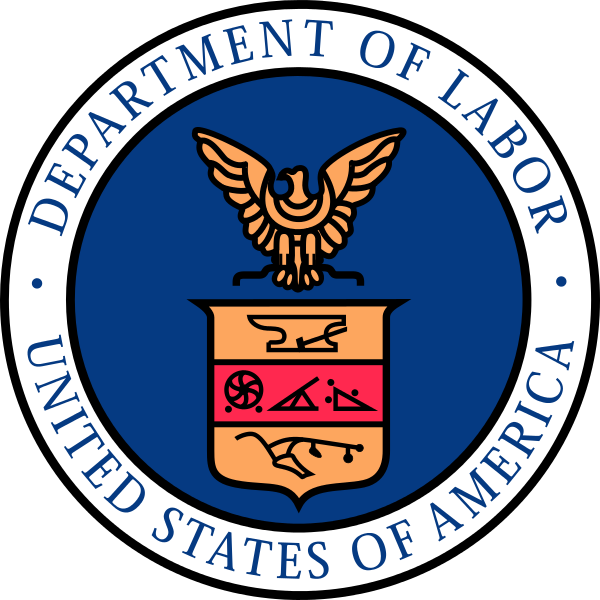 Washington – A recent agreement between the Departments of Labor and Justice will launch a “new world of worker safety” by holding managers and supervisors criminally accountable for violations of the law, agency officials announced Dec. 17.
Washington – A recent agreement between the Departments of Labor and Justice will launch a “new world of worker safety” by holding managers and supervisors criminally accountable for violations of the law, agency officials announced Dec. 17.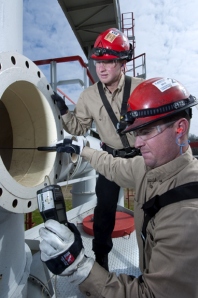
 The purpose of the entry was for remediation of mercury contamination on the concrete surface. The gross cleanup of liquid mercury had been performed years prior, but further action was required to eliminate vapor hazards still present in the lower chambers.
The purpose of the entry was for remediation of mercury contamination on the concrete surface. The gross cleanup of liquid mercury had been performed years prior, but further action was required to eliminate vapor hazards still present in the lower chambers.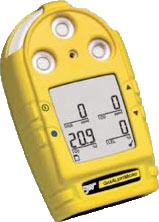
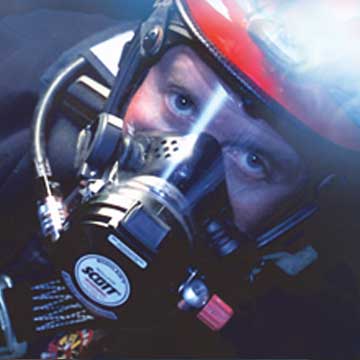
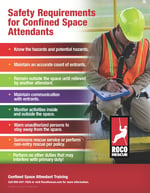
 Rescue tripods provide a mobile and rapidly deployable high-point anchor option for confined space emergencies. Like any piece of equipment, however, it has its limitations. It is important that your team becomes proficient with this tool in training to ensure fluid deployment during a live rescue.
Rescue tripods provide a mobile and rapidly deployable high-point anchor option for confined space emergencies. Like any piece of equipment, however, it has its limitations. It is important that your team becomes proficient with this tool in training to ensure fluid deployment during a live rescue. 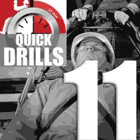
 Depending on the manufacturer, you will find varying specifications for the service life of rescue equipment. For example, Petzl specifically defines the “potential” service life of plastic or textile products to be no longer than 10 years. It states "indefinite" for metallic products. CMC, on the other hand, does not give specified times for their equipment stating, “The service life of equipment used for rescue depends greatly on the type of use and the environment of use. Because these factors vary greatly, a precise service life of the equipment cannot be provided.” However, in reference to harnesses, CMC cites ASTM F1740-96 as the industry standard for service life. SMC follows along the lines of CMC when stating the amount of time a product can stay in service.
Depending on the manufacturer, you will find varying specifications for the service life of rescue equipment. For example, Petzl specifically defines the “potential” service life of plastic or textile products to be no longer than 10 years. It states "indefinite" for metallic products. CMC, on the other hand, does not give specified times for their equipment stating, “The service life of equipment used for rescue depends greatly on the type of use and the environment of use. Because these factors vary greatly, a precise service life of the equipment cannot be provided.” However, in reference to harnesses, CMC cites ASTM F1740-96 as the industry standard for service life. SMC follows along the lines of CMC when stating the amount of time a product can stay in service.



